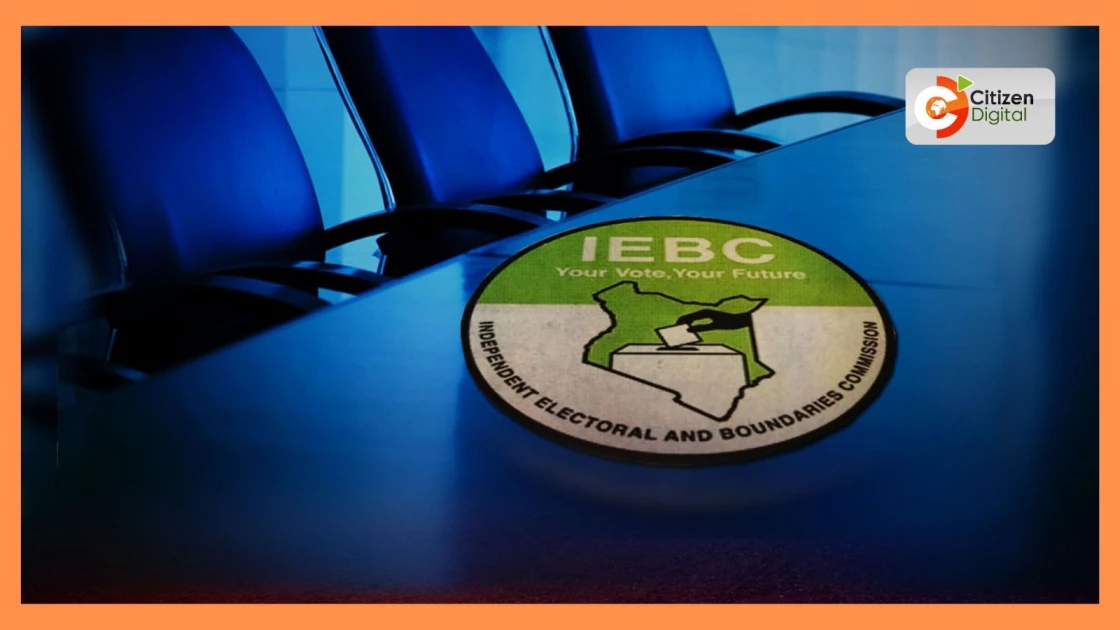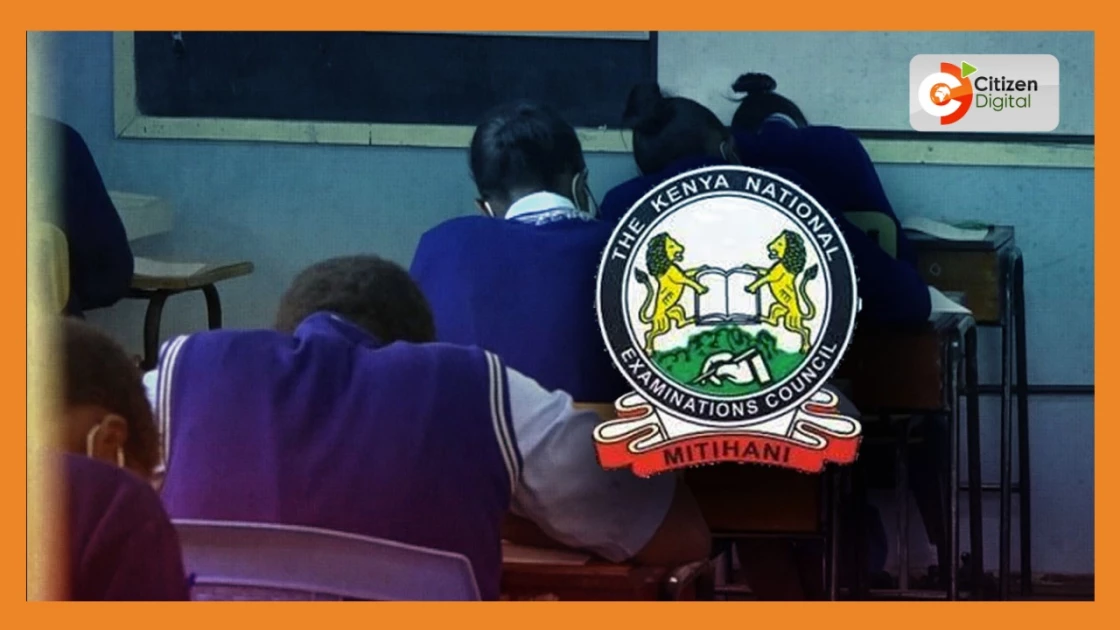The Kenya Kwanza administration, led by President William Ruto, has been under intense public scrutiny since taking office, largely due to the numerous promises made during their campaign for the 2022 General Election. Amidst the election frenzy, Ruto pledged to fix the economy and reduce the cost of living within 100 days of assuming office. However, nearly two years later, these promises remain largely unfulfilled, and the economic situation continues to deteriorate.
Economic Promises and Reality
President Ruto, both before and after his election, emphasized his administration’s commitment to the “hustler” narrative, aiming to provide affordable credit to small-scale traders. However, the government has continued heavy borrowing from local markets, effectively squeezing out small traders. Compounding this issue, the Central Bank of Kenya (CBK) has set the Central Bank Rate (CBR) at 13 percent, resulting in expensive loans for these traders.
The much-touted “Hustler Fund,” intended to provide low-interest loans to boost small businesses, has faced significant challenges. While over 22 million Kenyans have joined the fund, it has seen a high default rate of 29 percent, indicating that many borrowed for consumption rather than business investment.
Affirmative Action and Taxation
In March last year, President Ruto promised affirmative action legislation to increase women’s representation in leadership. However, as the promised timeline has passed, there has been little progress or mention of the bill.
Additionally, Ruto pledged to remove the 8% VAT on cooking gas to make it more affordable by June 2023. Although the VAT was removed in April 2024, the price of cooking gas has remained largely unchanged. The sector remains loosely regulated, as highlighted by the deadly gas explosion in Embakasi in February, which left over 12 people dead and over 250 injured.
In May, the National Treasury proposed a 16 percent VAT on bread, sparking public outrage. The administration’s increased taxation on banking transactions, mobile money transfers, and airtime has also drawn strong criticism from Kenyans struggling with high living costs.
Government Spending and Public Reaction
Despite advocating for austerity, the Kenya Kwanza administration has increased budget allocations to high offices, raising questions about its commitment to fiscal responsibility. The budget for the offices of the President, Deputy President, and Prime Cabinet Secretary increased from Ksh.810.29 million to Ksh.2 billion. This move has been criticized, especially in light of cuts to essential programs like the school feeding initiative.
The cost of maintaining Chief Administrative Officers (CAS) has also come under scrutiny. With a monthly salary of Ksh.780,000 and additional allowances, each CAS costs around Ksh.10 million over five years, raising concerns about value for money.
Taxation and Public Trust
President Ruto aims to increase Kenya’s tax rate from the current 14 percent to 20-22 percent by the end of his term. This goal has been met with skepticism and concern from both the public and international observers. U.S. Ambassador to Kenya, Meg Whitman, criticized the government’s focus on raising taxes instead of broadening the tax base and creating quality jobs.
Ruto’s aggressive tax policies have earned him the nickname “Zakayo,” after the biblical tax collector Zacchaeus. While he argues that higher taxes are necessary to fund government operations and reduce debt, tax experts stress the need for transparency and accountability in government spending to gain public trust and compliance.
The Kenya Kwanza administration’s actions have led to growing disillusionment among Kenyans, who feel that the promises made to them have not been fulfilled and that their economic situation has worsened. As President Ruto and his team navigate these challenges, the demand for tangible improvements and greater fiscal responsibility continues to rise.


